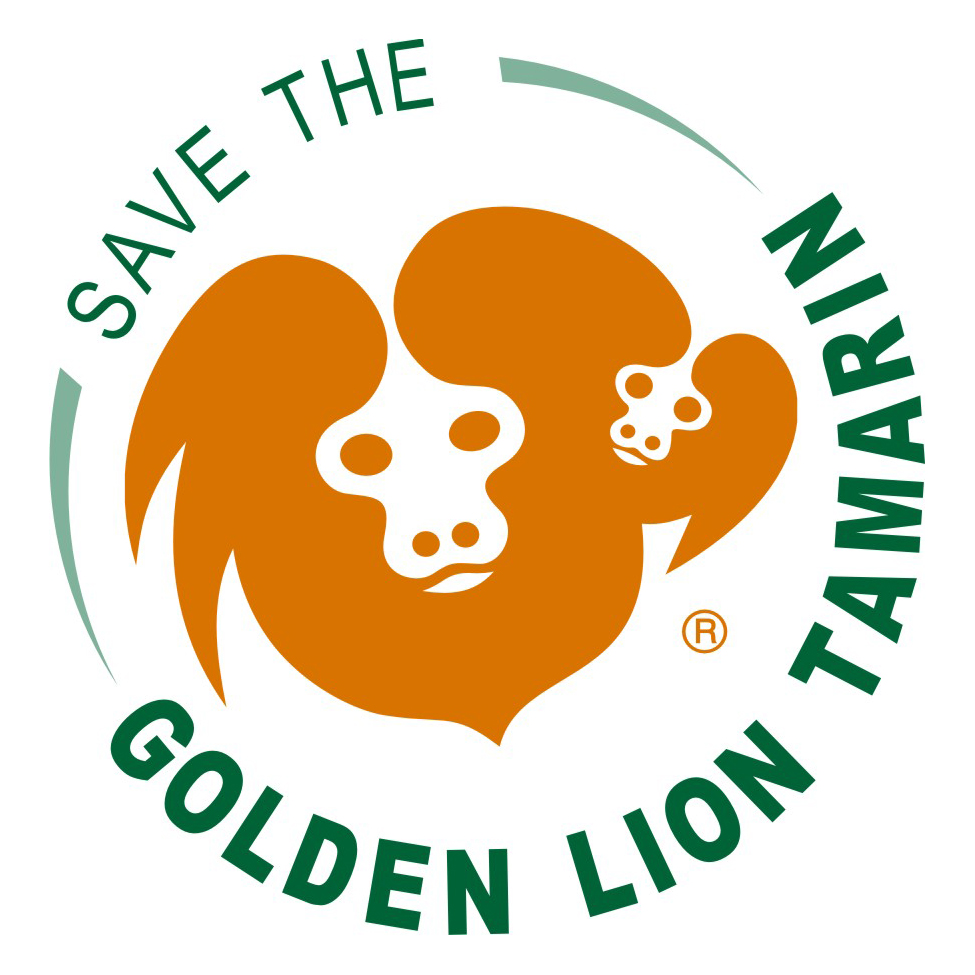GLT Story finalist for 2016 Excellence in Science Books
 Attention zoo educators, teachers, parents, and anyone wanting to promote young people’s science-based actions in conserving the diversity of life on our planet! Susan Markle’s The Great Monkey Rescue: Saving the Golden Lion Tamarins was named a finalist in the Science Books and Films 2016 Prizes for Excellence in Science Books. Sponsored by Suburu and AAAS (the publisher of the prestigious journal Science), the annual competition highlights books that promote science literacy among children and young adults – helping kids to identify the right questions and the best ways to answer them. Markle’s book is based on extensive interviews with Associação Mico-Leão-Dourado and Save the Golden Lion Tamarin, who also provided many of the photos in this gorgeously illustrated book.
Attention zoo educators, teachers, parents, and anyone wanting to promote young people’s science-based actions in conserving the diversity of life on our planet! Susan Markle’s The Great Monkey Rescue: Saving the Golden Lion Tamarins was named a finalist in the Science Books and Films 2016 Prizes for Excellence in Science Books. Sponsored by Suburu and AAAS (the publisher of the prestigious journal Science), the annual competition highlights books that promote science literacy among children and young adults – helping kids to identify the right questions and the best ways to answer them. Markle’s book is based on extensive interviews with Associação Mico-Leão-Dourado and Save the Golden Lion Tamarin, who also provided many of the photos in this gorgeously illustrated book.
The book can be purchased at smile.amazon.com – make sure to choose SGLT as your charity to benefit from your Amazon Smile account!
The Great Monkey Rescue
Saving the Golden Lion Tamarins
The Great Monkey Rescue is a soberly written yet inspiring guide through the near demise and science-assisted rebound of a squirrel-sized primate known as the golden lion tamarin. The easy-to-digest text is packed with interesting facts and set against vibrant pictures of bright orange monkeys and lush green foliage. Golden lion tamarins live exclusively in Brazil’s Atlantic Forest, an ecosystem that has shrunk to less than 10% of its original size in recent years. Faced with a dwindling food supply and a diminishing habitat, the tamarin was nearly extinct 50 years ago. This launched an international effort to breed the monkeys in captivity, along with parallel attempts to conserve their shrinking forest habitat. Markle explains clearly how captive breeding programs initially flailed, producing few offspring that often failed to thrive. The breeding programs became successful only when scientists recognized that tamarins prefer to live in small family-sized groups. Instead of removing the father after the mother gave birth, families were subsequently kept together, and the captive tamarin population began to grow. By the mid-1980s, captive born tamarins were being reintroduced to the now-protected natural habitat. Novel forest-management techniques such as connecting patches of forest with rows of trees continue to increase their range, helping to ensure healthy population growth. The rebound of the golden lion tamarin is truly something to celebrate. —Brent Grocholski
